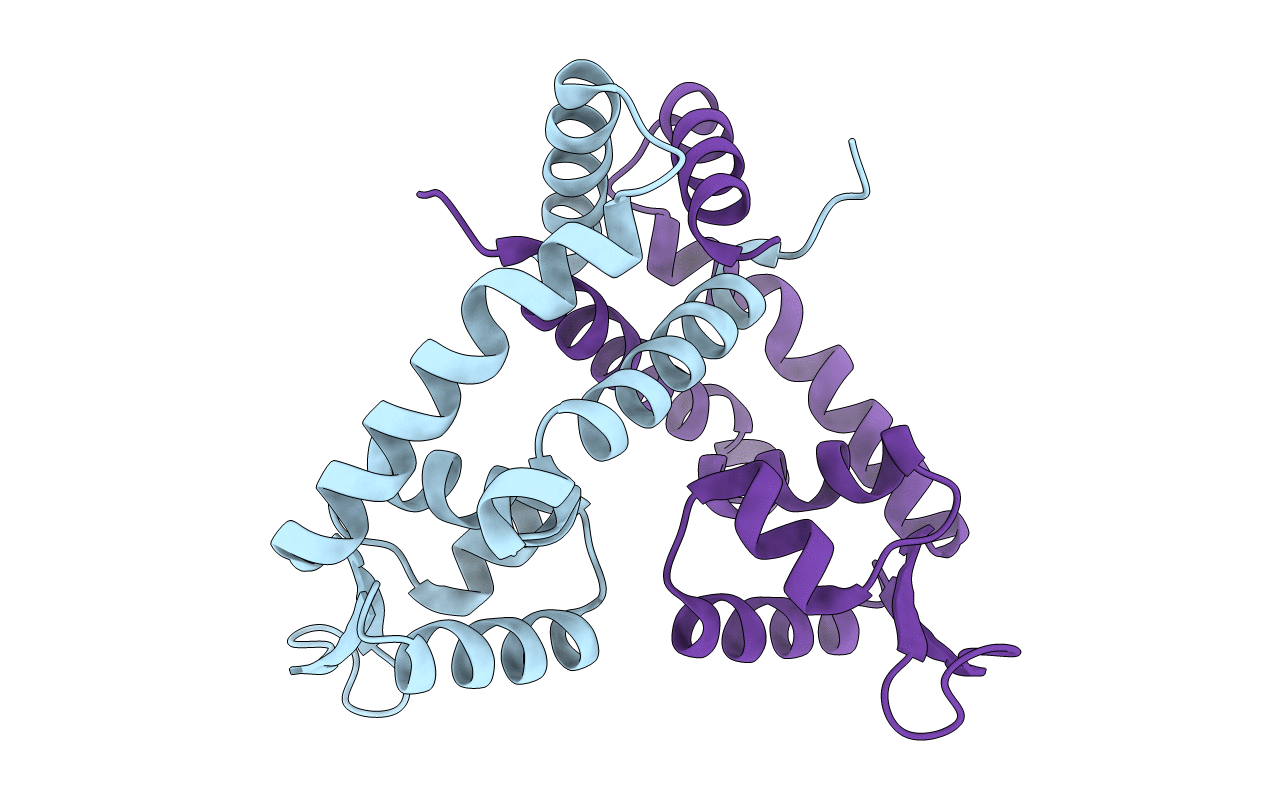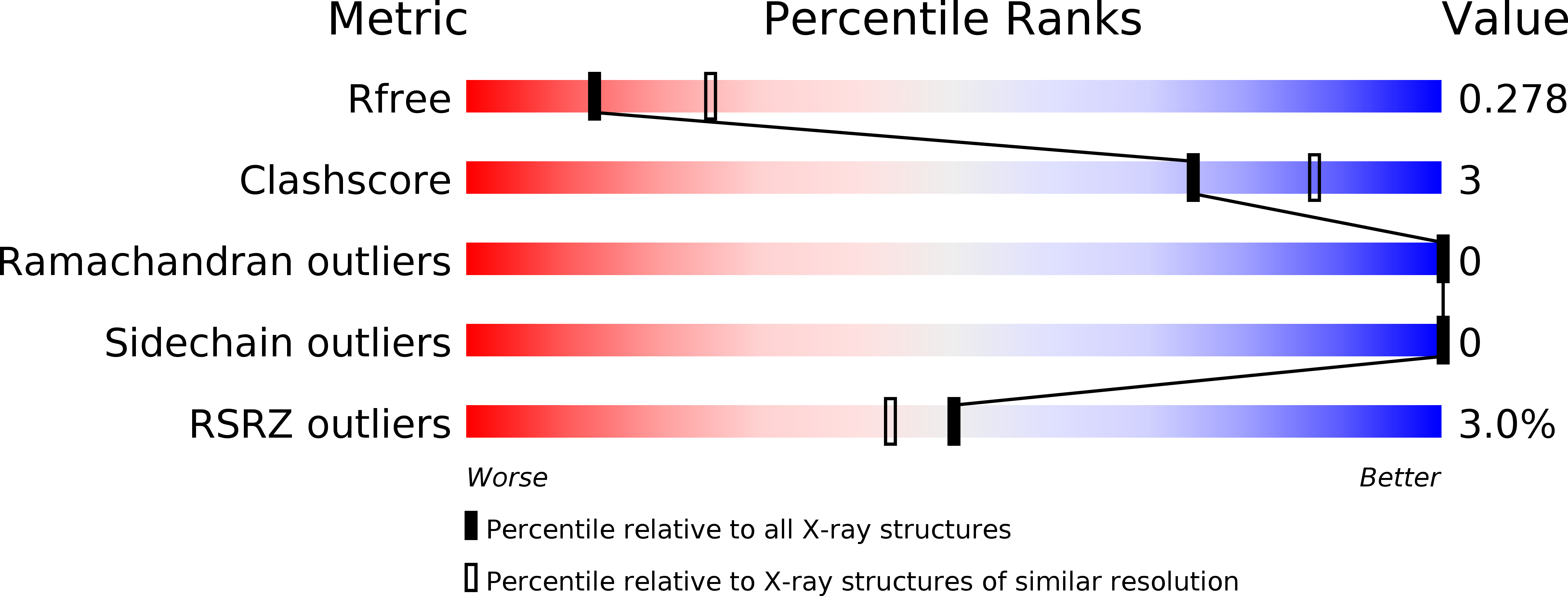
Deposition Date
2012-01-21
Release Date
2013-03-06
Last Version Date
2024-03-20
Method Details:
Experimental Method:
Resolution:
2.60 Å
R-Value Free:
0.28
R-Value Work:
0.25
R-Value Observed:
0.25
Space Group:
P 43 21 2


